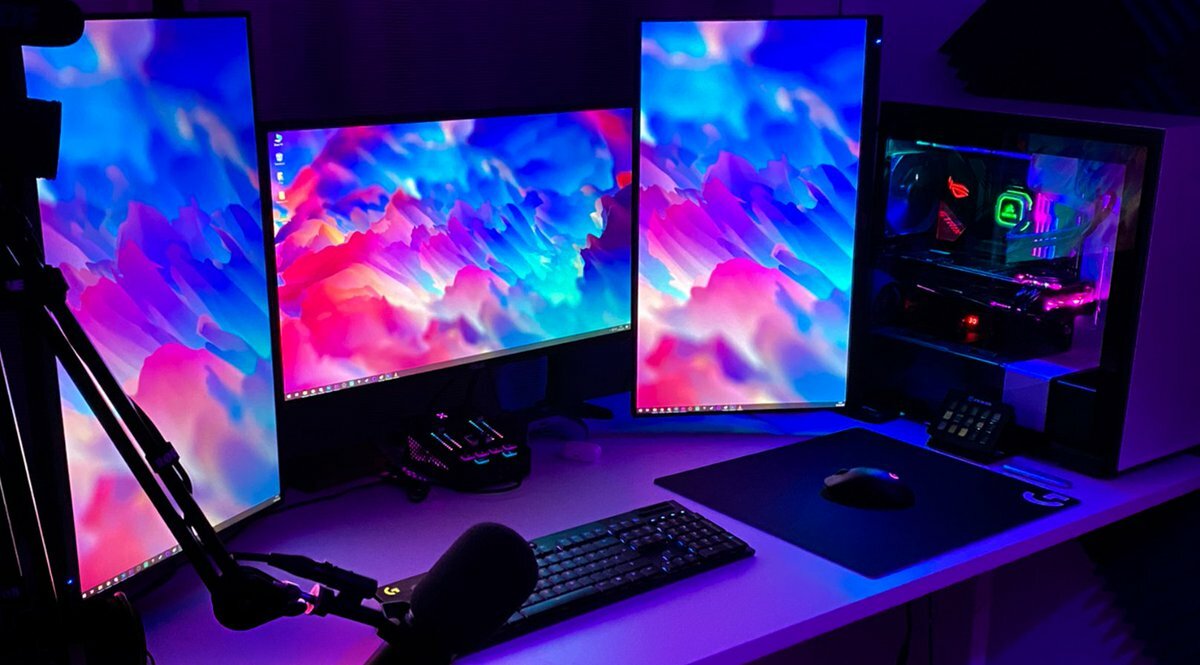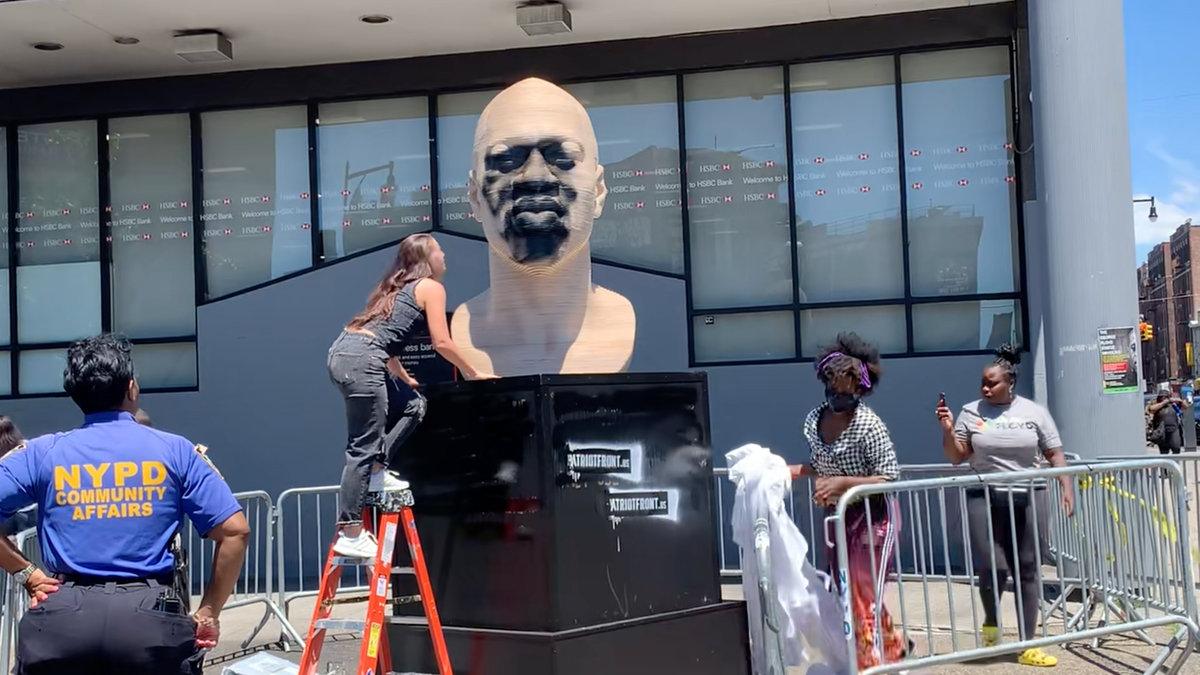Ray Tracing Effects on Gaming
The world of gaming has witnessed remarkable advancements over the years, leading to immersive and realistic gaming experiences. One of the groundbreaking technologies that have revolutionized the gaming industry is ray tracing. In this article, we will delve into the impact of ray tracing on gaming and explore how it enhances the overall gaming experience. So, let's dive in and discover the incredible world of ray tracing!
Introduction to Ray Tracing
Ray tracing is a sophisticated rendering technique that simulates the behavior of light in a three-dimensional environment. It calculates the path of each ray of light in a scene, allowing for accurate reflections, refractions, and realistic shadows. While traditional rasterization techniques used in gaming generate visually appealing graphics, they lack the precision and realism that ray tracing brings to the table.
The Evolution of Gaming Graphics
Gaming has come a long way since its inception, with graphics playing a vital role in captivating players' attention. From pixelated 2D games to today's highly detailed 3D environments, the advancements in graphics technology have been astounding. However, even with these advancements, achieving true realism and lifelike visuals has remained a challenge.
Understanding Ray Tracing in Gaming
Ray tracing technology aims to bridge the gap between virtual and real worlds by accurately simulating the behavior of light. It traces the path of light rays as they interact with virtual objects, resulting in visually stunning scenes that closely mimic real-life lighting conditions. By calculating the reflections and refractions of light, ray tracing creates realistic shadows, global illumination, and accurate light source interactions.
How Ray Tracing Transforms Gaming Visuals
Ray tracing technology introduces a new level of visual fidelity in gaming. With its ability to accurately simulate light, ray tracing elevates the quality of reflections, making shiny surfaces reflect their surroundings realistically. It also enables accurate and dynamic shadows, enhancing the depth and realism of game environments. The interplay of light and shadows, coupled with realistic reflections, creates an immersive gaming experience like never before.
The Role of Ray Tracing in Realism and Immersion
Realism and immersion are essential elements of modern gaming experiences. Ray tracing plays a significant role in achieving these goals by enhancing the visual quality and making virtual worlds feel more authentic. Whether it's the reflections on a wet street, the glow of sunlight filtering through a forest canopy, or the subtle lighting variations in a dimly lit room, ray tracing adds an unparalleled level of realism and immersion to gaming environments.
Ray Tracing in Different Gaming Platforms
Ray tracing technology is not exclusive to a single gaming platform. It has made its way into various gaming consoles, virtual reality (VR) systems, augmented reality (AR) devices, and even cloud gaming platforms. This widespread adoption ensures that gamers across different platforms can experience the enhanced visuals and realism that ray tracing brings.
Enhancing Gaming with Ray Tracing: Case Studies
Several games have leveraged ray tracing technology to deliver breathtaking visuals and improve the gaming experience. Games like "Cyberpunk 2077," "Minecraft," and "Control" have demonstrated the capabilities of ray tracing by implementing realistic lighting effects, reflections, and shadows. These examples showcase the potential of ray tracing in creating visually stunning and immersive gaming worlds.
The Future of Ray Tracing in Gaming
As technology continues to advance, the future of ray tracing in gaming looks promising. With the ongoing development of more powerful graphics processing units (GPUs) and high refresh rate displays, ray tracing will become even more accessible and widespread. Additionally, advancements in game engines, artificial intelligence, motion capture, and haptic feedback will further enhance the capabilities of ray tracing, creating more realistic and engaging gaming experiences.
Ray tracing has undeniably revolutionized the gaming industry, elevating the visual quality and immersion in games. By accurately simulating the behavior of light, ray tracing technology has enabled realistic reflections, dynamic shadows, and lifelike lighting effects. With its widespread adoption and the continuous advancements in hardware and software, ray tracing is set to play an even more significant role in the future of gaming, providing gamers with awe-inspiring experiences like never before.










 English (US) ·
English (US) ·